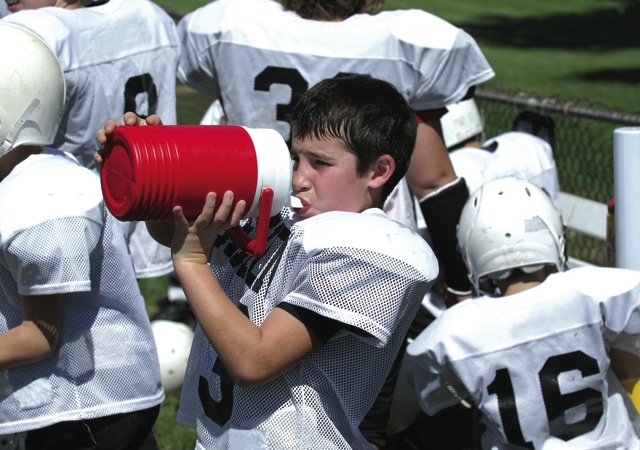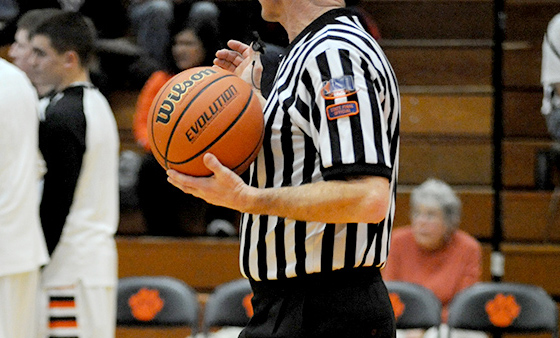Student-Run Livestreaming on the Rise in COVID-19 Era
There was a time when broadcasting high school athletic events was an arduous task — not to mention expensive too. Lugging heavy equipment around, gaffing yards of hard wiring, arriving early, and leaving late just to set up and break down the broadcast, life isn’t always as glamorous as the professionals at ESPN make it out to be.
But flash forward to today and nearly every student in high schools across the country has the power to create a quality livestream broadcast right in their pocket — smartphones. In fact, according to research, modern-day smartphones are equipped with millions of more computing power than the Apollo 11 spaceship, but that’s a different story.
So, with all this computing power and ability in the palm of our hands, how can schools take advantage of the mass adoption of these technologies?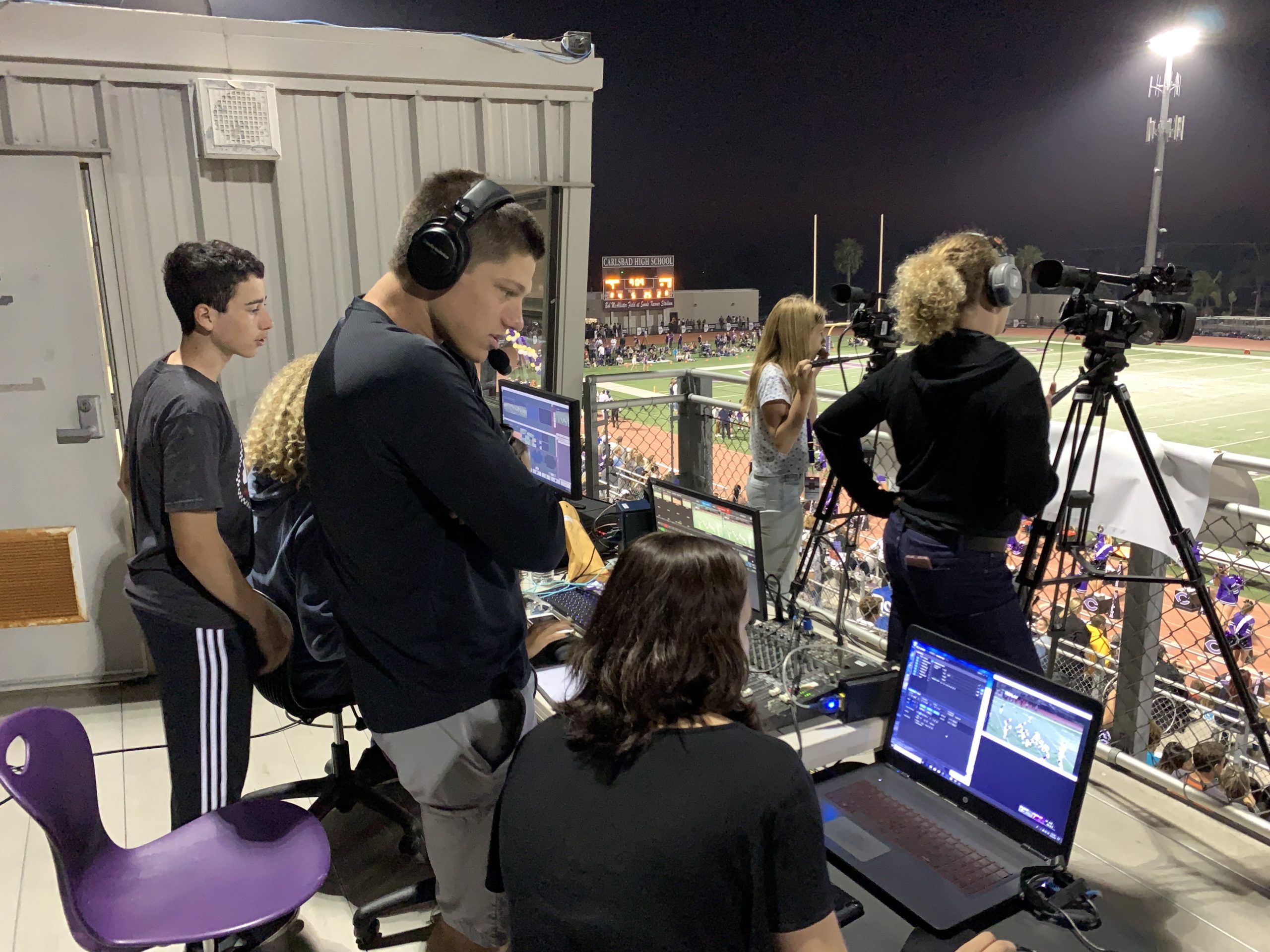
“The days of satellite trucks are over,” Douglas Green, broadcast journalism teacher at Carlsbad (CA) High School said. “We just went live using [a program] that turns your cell phone into an HD broadcast camera. They already have the phone, and if you’re paying for the bandwidth and server, all you have to do is flip a switch and you’re live.”
Green is a 31-year veteran in the California teaching industry, with more than 20 years of teaching broadcast journalism classes at Carlsbad. A former California Teacher of the Year, Green is responsible for overseeing CHSTV, a live daily broadcast that has amassed 19 Student Emmys, 13 Student Television Network (STN) Awards of Excellence, and has won the Best Daily Newscast in the Nation from STN every year since 2008. Their 900 square-foot studio is outfitted with two Panasonic P2HD studio cameras on dollies, a Canon C300 DSLR camera on a crane, two Sony XDCAm 4K camcorders, a GoPro camera, a wireless handheld Ronin-S “Fly Cam” that serves as a Steadicam to fluidly follow the action. Additionally, the studio is complete with an on-set video wall and a “magic window” touchscreen display, while the control room has two NewTek TriCaster live production switchers, broadcast graphics, and audio mixing systems.
One could say it’s the El Dorado for high school broadcasting classes, with producers from CNN relocating to the Carlsbad area to have their kids enroll in Green’s broadcast journalism program, he said. But despite all that equipment, for the last year, it’s gone largely unused due to the COVID-19 pandemic.
“We have been off of the air for a full year and I will now have to rebuild my program from scratch as my seniors will be graduating,” Green said, before finding a silver lining. “What is nice is that we have discovered some new technology that will simplify our setup when we do resume.”
Needing a barebones bag of a smartphone, a laptop, to go along with a TriCaster, students can gain the experience of working on location and on set in a variety of roles. As Green put it, “you can do things on a laptop we could never do before.”
Add in the restrictions many schools have in place regarding fan attendance and the desire for streaming services and student-run livestreaming events becomes two-fold — from the students who want to gain broadcast experience and the fans who want to follow their favorite teams.
“The demand for livestreaming athletic events is through the roof right now because so many parents and fans can’t come to the games in person,” Green said.
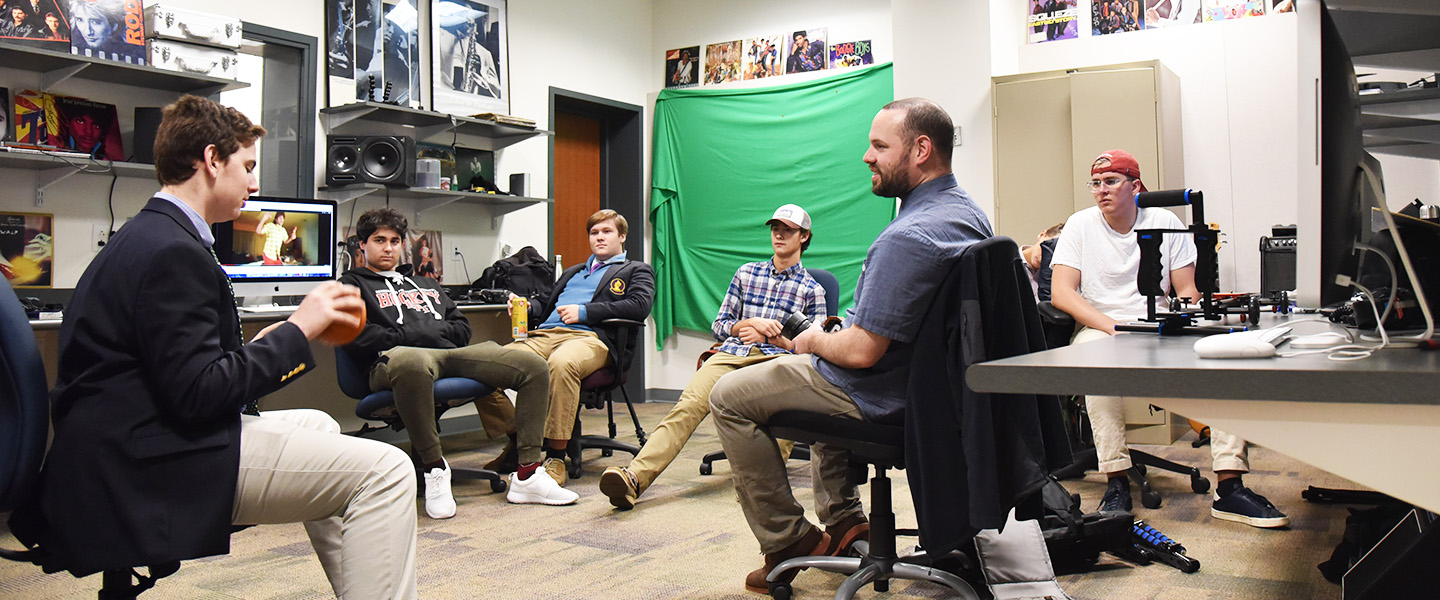
Ryan Davey, digital media and production teacher at Avon Old Farms School, a private all-boys boarding school in Avon, Connecticut, understands this demand more than most.
“Where so many of our student’s families are out of state, or in some cases, out of the country, we’ve always understood the importance of maintaining that connection with our students and their friends and families,” Davey said. “One of the silver linings to this year with COVID is that we were already on top of livestreaming athletic events.”
Unlike Green’s program, the digital media and production class at Avon is relatively young. Davey, along with Erica LuBonta, developed the class after initially forming an afterschool program and eventually merged with the on-campus media outlet WAOF Productions. All of the content is student-produced, from soup to nuts, and Davey and LuBonta serve as editorial facilitators.
“We try to look at it like they can have all the fun, all of the hands-on experiences, and we do all the grunt work,” Davey said with a chuckle.
» ALSO SEE: The Relationship Between Vision & Sports Performance
Convincing school administrators about the class was fairly easy, considering the potential to give students on-the-job training to a future profession, building up and expanding the sense of school pride, and, perhaps most importantly, the fundraising opportunities.
“Being in Avon, we’re just a stone’s throw away from ESPN’s headquarters,” Davey said. “Some [ESPN employees] have come through Avon. I know some of our boys see this as a viable career option and gaining internships or entry-level positions as a production assistant.”
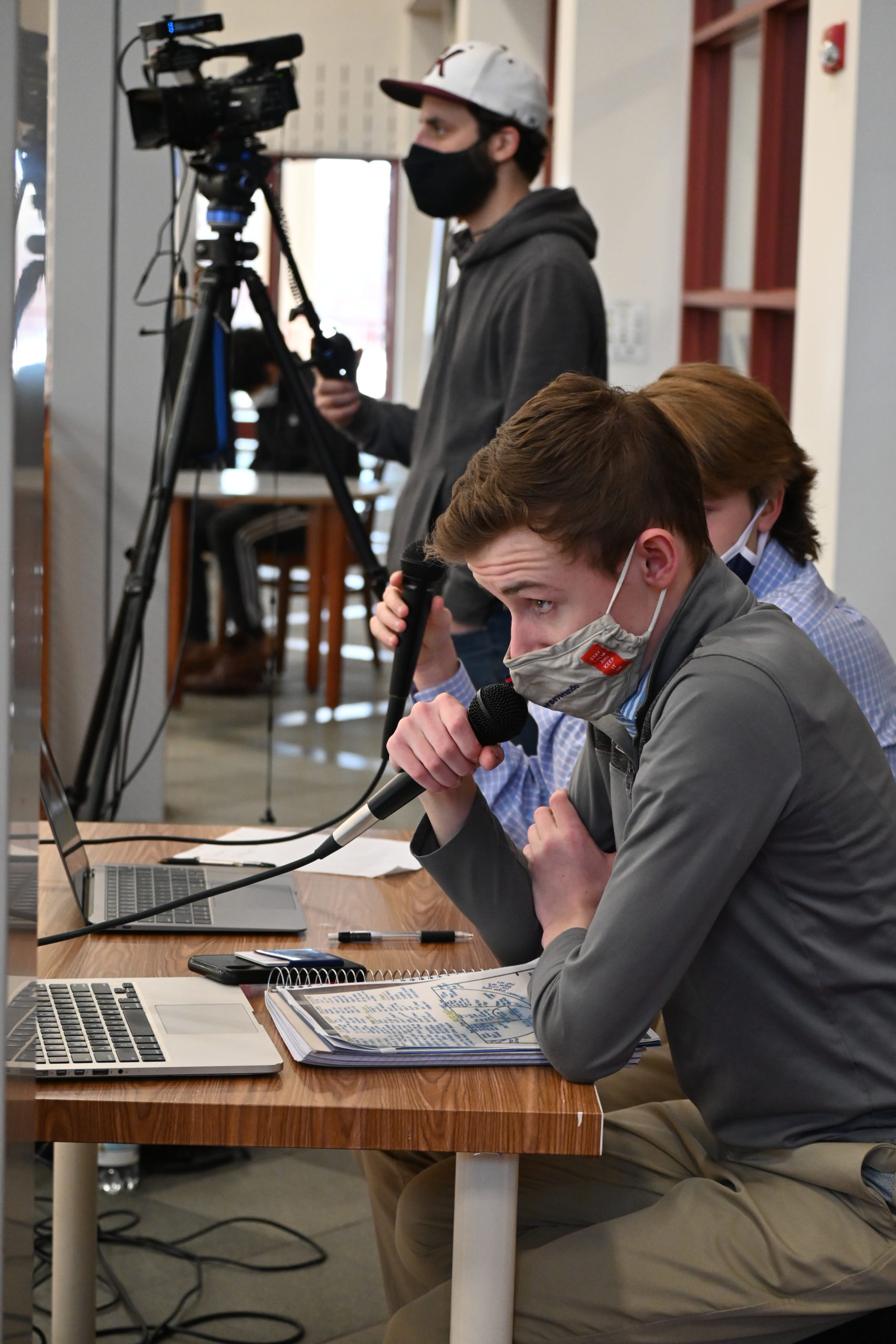
Green added, “During our daily broadcasts we cannot run daily ads because we have a captive audience, but when we’re livestreaming it’s wide-open. We are able to run legitimate advertisements, live reads, video commercials. It can be a good revenue source.”
Schools utilizing their broadcast media students already have a leg on the competition when it comes to livestreaming for its athletic events because much of the equipment needed should already be in house, and the rest, with the help of a strong teacher, can be taught through the students’ digital tools.
“One of the things I stress is having gear is nice, but it’s a luxury. Some schools can do that, but you don’t necessarily need it. You don’t need a $3,000 camera to take a good picture. You need to know what to look for and come from an educational angle,” Davey said. “And some of the best technology is right in your pocket — these phones can shoot in 4K and super slow motion. It’s not necessarily easier, but certainly more accessible.”


